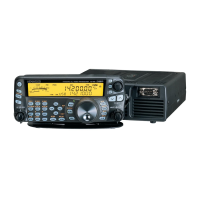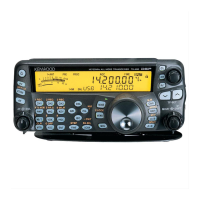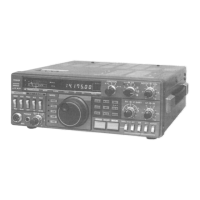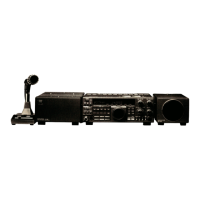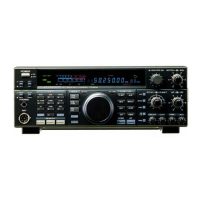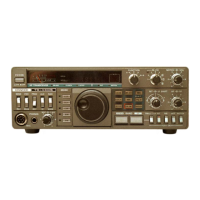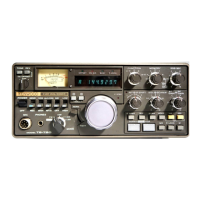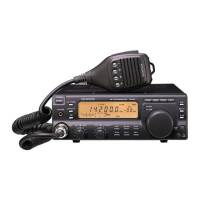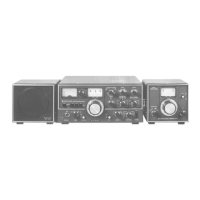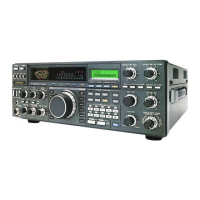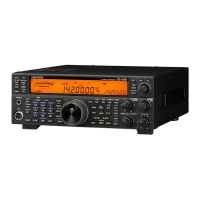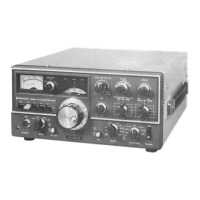© B62-1735-30 (K, E)
09 08 07 06 05 04 03
HF/ 50 MHz ALL MODE TRANSCEIVER
TS-480HX
TS-480SAT
INSTRUCTION MANUAL
46
HF/50MHz ALL MODE TRANSCEIVER TS-480
F.LOCK
M/V
SPLIT
M VFO
M.IN
TF-SET
MULTI
IF
SHIFT
PF
A / B
A=B
MODE
MHz
QMI
QMR
MENU
BC
RIT
XIT
CL
NAR
1 REC 2 REC
5 RF.G
0 OFF
8
3 REC
9
7
TX MONI DELAY
CLR
STEP SG.SEL
CW.T
AF SQL
AT
CH1 CH2 CH3
PWR
MIC KEY
VOX
PROC
AGC
ENT
MTR
NB/T
ANT 1/2
FINE SCAN
DNL
NR FIL
ATT/PRE
NOTIFICATION
This equipment complies with the essential requirements of Directive 1999/5/EC.
The use of the warning symbol means the equipment is subject to restrictions of
use in certain countries.
This equipment requires a licence and is intended for use in the countries as
below.
TAEBKDIFRFEDRGSIEITIIL
ULLNONTPSEESHCBGYCZCEE
UHVLTLTMLPKSISGBOR
6613OSI
